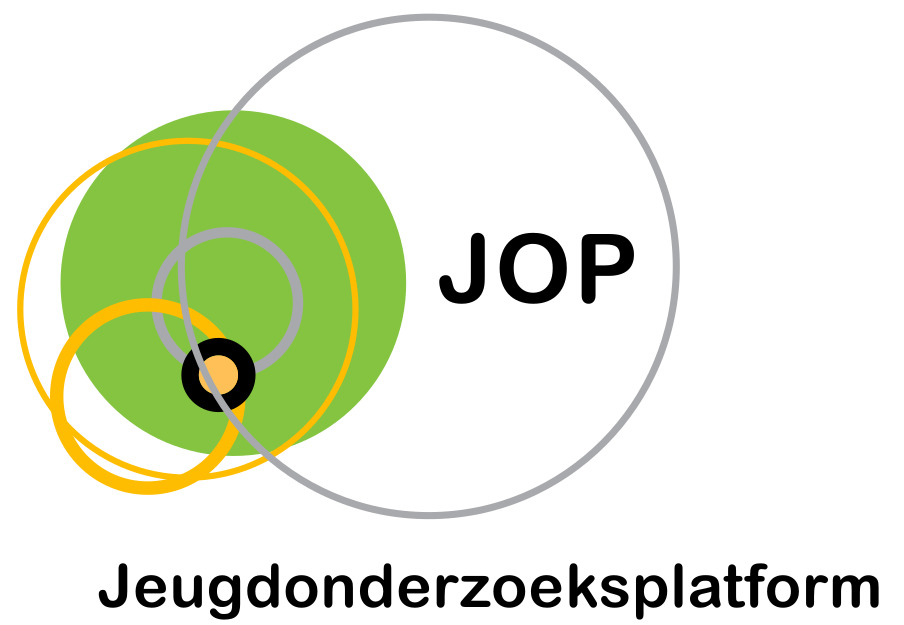Identificational Assimilation Patterns in Young First, Second, 2.5 and Third-generation Migrants.
Auteurs
Verhaeghe, F., Bradt, L., Van Houtte, M., & Derluyn, I. (2020).

Abstract
De klassieke assimilatietheorie stelt dat de identificatie van migranten met een ontvangend land over generaties heen sterker wordt, terwijl de identificatie met het thuisland verzwakt. Uit een Vlaamse enquête onder eerste (G1), tweede (G2), 2.5 (G2.5) en derde (G3) generatie allochtone jongeren (n = 1.587) blijkt dat de bevindingen voor adolescenten met een achtergrond in één van de 15 oudste lidstaten van de Europese Unie (EU15) lijkt aan te sluiten bij de klassieke assimilatietheorie. In de nietEU15-groep vertonen jongeren van de G2 en G2.5 de sterkste identificatie met beide landen. Gezien de Belgische context werd ook de identificatie met Vlaanderen onderzocht, die nog meer uitsluitend bleek te zijn dan de Belgische nationale identificatie. Ten slotte was de identificatie van de jongeren met hun woonplaats niet zo sterk als verwacht uit de literatuur, mogelijks omdat het de buurt betrof, en niet de stad als geheel, die mogelijks meer van belang was. Deze bevindingen onderlijnen de noodzakelijkheid om de klassieke assimilatietheorie te nuanceren.
Classical assimilation theory states that migrants’ identification with a receiving country strengthens over generations, whilst identification with the home country weakens. A Flemish survey of first (G1), second (G2), 2.5 (G2.5) and third (G3) generation immigrant youths (n = 1,587) reveals that the findings for adolescents with a background in the oldest 15 member states of the European Union (EU15) seem to align with classical assimilation theory. In the non-EU15 group, those of G2 and G2.5 show the strongest identification with both countries. The Belgian context also prompted an investigation of the identification with Flanders, which proved to be even more exclusionary than Belgian national identification. Last, the young people’s identification with their city of residence was not as strong as expected from the literature, probably because it was the neighbourhood, rather than the city as a whole, that mattered to them. At the least, nuancing the classical assimilation theory is thus necessary.
Referentie
Verhaeghe, F., Bradt, L., Van Houtte, M., & Derluyn, I. (2020). Identificational Assimilation Patterns in Young First, Second, 2.5 and Third-generation Migrants. YOUNG, 28(5), 502–522.
Taal
Engels
Publicatievorm
Tijdschriftartikel
ISBN – DOI
10.1177/1103308819900727
Trefwoord(en)
Identificatie-assimilatie, migrantengeneraties, nationale identificatie, subnationale identificatie, etnische identiteit
